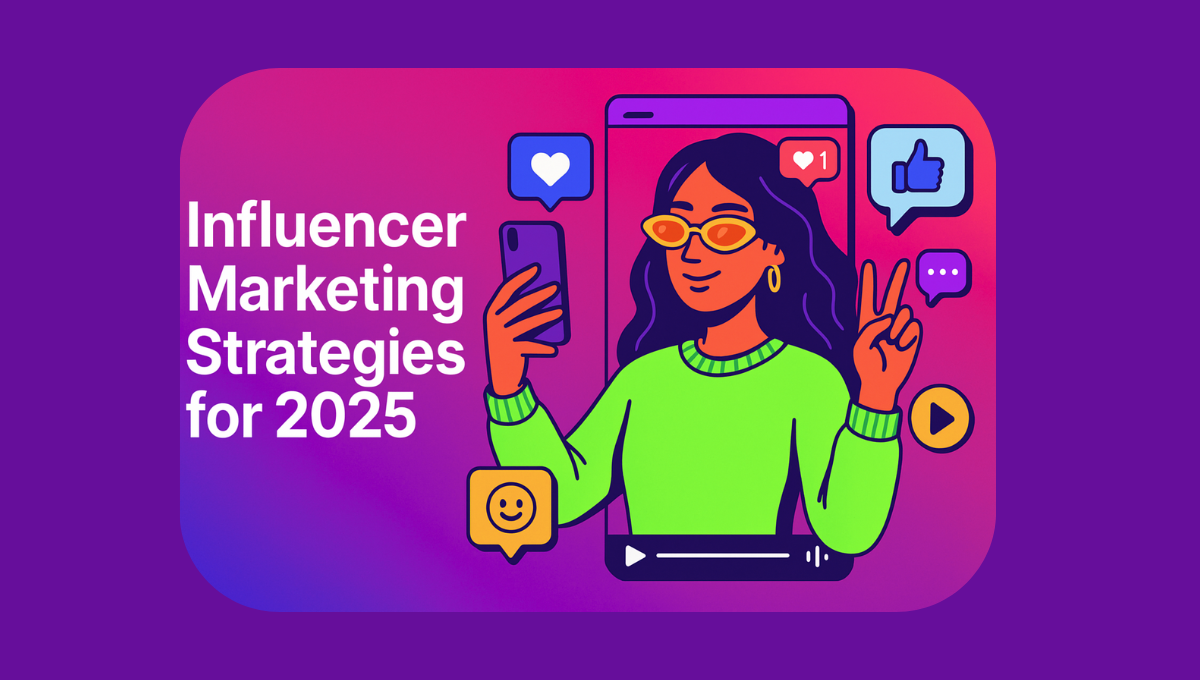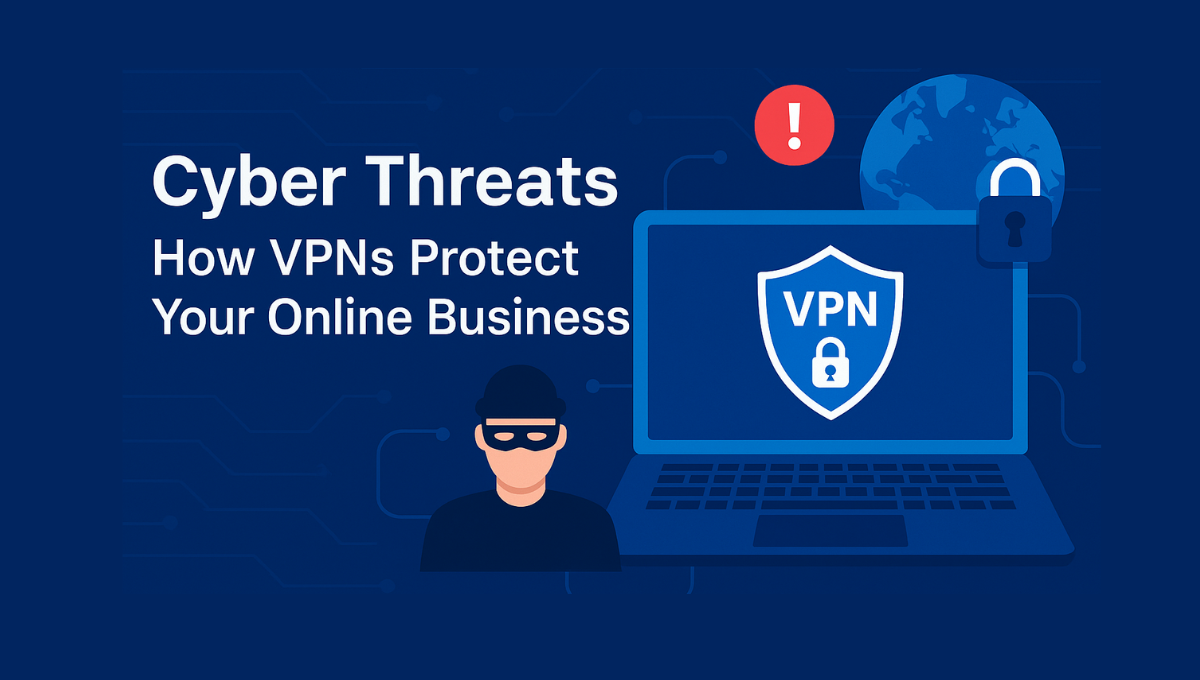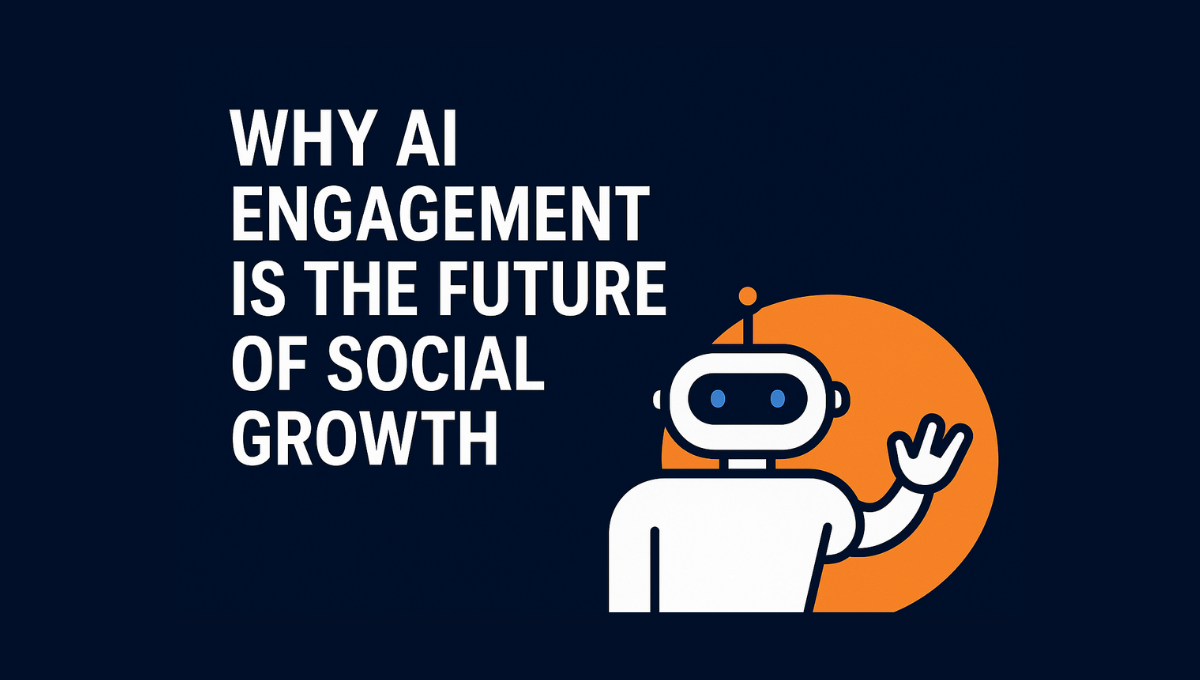9 Influencer Marketing Campaign Ideas for 2025

You’ve seen it everywhere—brands teaming up with social media stars, viral trends shaping consumer behavior, and digital word-of-mouth marketing replacing traditional ads. But let’s be honest, it’s easy to get lost in a sea of sponsored posts that all look the same.
The secret sauce? Fresh, high-impact influencer marketing campaigns that actually make an impression.
The good news? You don’t need a massive budget or A-list celebrities to launch a successful campaign. All you need are marketing campaign ideas that break the mold, feel natural, and actually connect with audiences.
Let’s get further into the topic.
Why It Is Important to Collaborate with Influencers?
Influencers aren’t just content creators; they are trendsetters, storytellers, and trust builders. Traditional advertising struggles to break through ad fatigue, while influencers seamlessly integrate promotions into their personal narratives.
People don’t want polished corporate ads—they crave relatable, humanized experiences. When brands collaborate with influencers, they gain built-in credibility, an engaged audience, and access to storytelling that feels organic rather than forced.
Here are some of the benefits:
- Higher Credibility = Faster Conversions
Trust is earned, not bought. Followers see influencers as real people, not sales reps. When an influencer genuinely endorses a product, it shortcuts the skepticism that traditional advertising often faces. - Laser-Targeted Audience Access
Instead of throwing ads into the void and hoping for the best, influencer marketing lets brands tap into niche communities where potential customers are already engaged and interested. - Content That Feels Native, Not Forced
An influencer’s content blends seamlessly into a follower’s feed, unlike disruptive ads. This means people actually watch, listen, and engage instead of skipping through. - Higher Engagement Than Paid Ads
Influencer posts, stories, and videos generate more likes, comments, and shares than brand-run promotions because they feel like recommendations from a friend rather than a sales pitch. - SEO & Social Boost
Mentions, backlinks, and shared content from influencers improve search rankings and increase brand visibility, making long-term marketing impact beyond just the initial campaign.
What Types of Content Can Be Made with Influencers?
Forget generic sponsored posts—2025 influencer marketing strategies demand creativity. Here are some types of influencer marketing content that actually work:
-
AI-Generated Influencer Clones
Influencers can create digital avatars of themselves, appearing in brand content even when they’re offline. These AI-generated versions can respond to comments, host live Q&As, or even narrate brand videos.
-
Hyper-Personalized Challenges
Instead of a generic TikTok dance challenge, influencers can customize challenges for their niche audience—think fitness influencers doing a brand-sponsored “7-Day Transformation”, or gaming influencers hosting a sponsored in-game challenge.
-
Surprise “Mystery Box” Drops
On of the greatest marketing campaign ideas is to tease a mystery product launch, revealing clues over time to build hype before finally unveiling the product in an unboxing video. Fans love the suspense, and brands benefit from weeks of organic buzz.
-
Interactive “Follower-Controlled” Content
Let followers vote on what happens next—what outfit an influencer wears, how they style a product, or even which brand product they test live. This creates maximum engagement and makes followers feel like part of the campaign.
-
Immersive Augmented Reality (AR) Experiences
Influencers use AR filters, virtual try-ons, or 3D effects to showcase products in creative, futuristic ways—like a makeup influencer showing how a shade changes in different lighting or a sneaker influencer demonstrating a holographic product preview.
9 Marketing Campaign Ideas for 2025
1. AI-Generated Influencer Content
Forget static ads—AI is taking influencer campaings to new heights. Brands can create avatars or use AI voice technology to make influencer content more interactive and engaging. It's futuristic, eye-catching, and undeniably cool.
How to Do It:
- Collaborate with tech-savvy influencers who use a video editor with AI for content creation.
- Use separate AI tools like voice cloning to produce realistic, creative brand promotions.
- Blend AI-generated elements with human storytelling to keep it engaging.
2. “Day in the Life” Brand Takeovers
Audiences crave authenticity. Instead of generic sponsored posts, let influencers seamlessly weave your brand into their daily routines. Think of it as advertising without the ad-feel.
How to Do It:
- Pick influencers who genuinely vibe with your product.
- Have them showcase your brand in their real-life activities.
- Encourage unfiltered, behind-the-scenes interactions through live Q&As.
3. Viral Challenge Campaigns
The right challenge can catapult your brand into the spotlight overnight. Whether it’s a dance trend, quirky product use, or unique DIY project, virality is the goal.
How to Do It:
- Keep it fun, easy, and ridiculously shareable.
- Partner with micro-influencers first to build momentum.
- Offer exclusive perks or prizes for participation.
4. Interactive Live Shopping Events
Shoppable live streams are changing the game. People love buying in the moment, especially when their favorite influencers are hyping up the product.
How to Do It:
- Host a live event with influencer-led product demos.
- Provide real-time discounts and limited-time offers.
- Use polls, live chats, and Q&A sessions to keep viewers engaged.
5. Limited-Edition Influencer Products
Take collaborations to the next level—let influencers design a special version of your product. It’s a recipe for exclusivity and serious social media buzz.
How to Do It:
- Work with influencers to co-create themed products.
- Offer pre-orders and early-bird discounts.
- Use FOMO-driven messaging to drive urgency.
6. Influencer-Led Webinars & Tutorials
People love to learn, and who better to teach them than their favorite influencers? Whether it's styling tips, skincare routines, or fitness hacks, tutorials build trust and provide real value.
How to Do It:
- Have influencers create how-to guides featuring your product.
- Host live Q&A sessions to boost engagement.
- Repurpose clips for promotional content across platforms.
7. Real-World Brand Activations
Not all influencer marketing strategies are implemented online. Live events featuring influencers make your brand unforgettable—whether it’s a pop-up shop, festival, or exclusive VIP experience.
How to Do It:
- Invite influencers to host an in-person event.
- Stream the event live for online audiences.
- Create photo-op moments to drive organic social media shares.
8. UGC-Driven Influencer Contests
Want to turn followers into brand advocates? Let them do the heavy lifting with influencer-led contests that encourage user-generated content.
How to Do It:
- Have influencers announce themed content contests.
- Offer rewards for the most creative entries.
- Feature winning submissions on your brand’s official channels.
9. Nostalgic Throwback Campaigns
Nostalgia marketing is booming, and you can find people for your influencer campaings that know how to tap into it. Bring back Y2K aesthetics, 90s pop culture, or early 2000s trends with a modern twist.
How to Do It:
- Encourage influencers to recreate past trends with your brand.
- Use vintage-inspired visuals and music to enhance the vibe.
- Combine nostalgia with interactive elements like polls or quizzes.
How to Find the Right Influencers for Your Brand?
Follower count doesn’t matter that much. The influence depth does. Many brands fall into the trap of picking influencers based on vanity metrics, but what truly matters is genuine audience trust and content alignment. Here’s how to go beyond the basics:
-
Analyze the Comment Section, Not Just Likes
Engagement rate is easy to fake, but comment quality isn’t. Look for influencers whose followers leave thoughtful, specific comments instead of generic emoji spam or bot-like praise.
-
Check Audience Sentiment, Not Just Numbers
A million followers don’t matter if those followers don’t trust the influencer. Look at how their audience reacts—do they ask for recommendations? Do they express excitement when the influencer promotes something?
-
Ignore the ‘Big Names’ & Find the Hidden Gems
Sometimes, the best influencers aren’t the ones with massive followings. Micro-influencers (10K–50K followers) often have stronger community ties and higher engagement rates than celebrities who promote dozens of brands a week.
-
Find Those Who Already Love Your Brand
Instead of chasing big names, look for influencers already mentioning your brand or industry. They’re easier to onboard, more authentic, and need less “convincing” to make their content feel natural.
-
Look for Cross-Platform Consistency
Someone might have a massive following on Instagram but zero traction on YouTube or TikTok. If an influencer’s audience follows them across different platforms, that’s a good sign of real influence.
Final Thoughts
The old playbook for influencer marketing is outdated. In 2025, brands that get creative and strategic will win the game. Forget forced promotions—today’s influencer collaborations should feel natural, immersive, and genuinely exciting for audiences.
If you want real impact, find the right influencers, choose formats that drive engagement, and build long-term partnerships instead of one-off ads.


